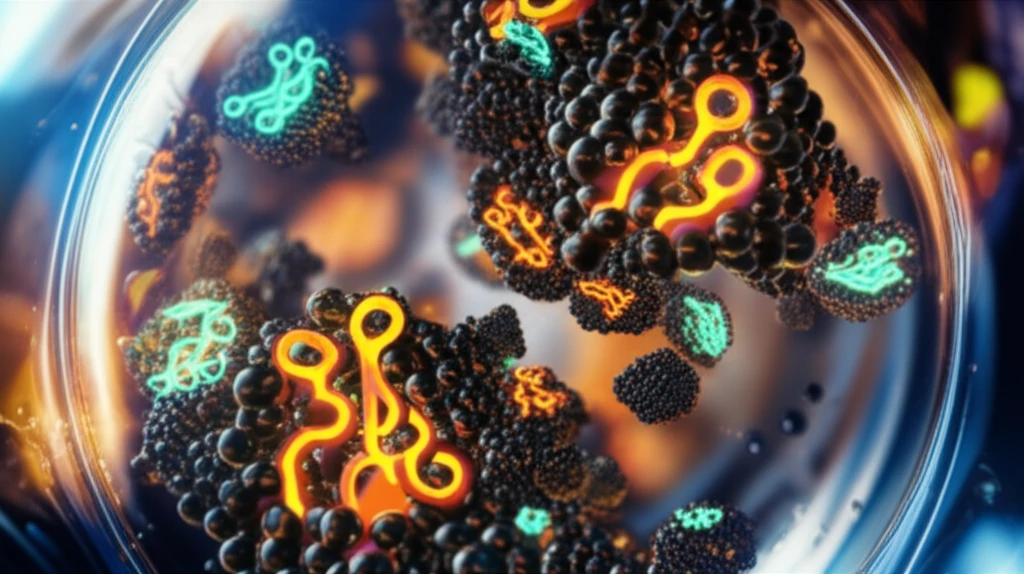
Magnetic Lipase Nanoparticles: The Future of Eco-Friendly Catalysis?
"A novel method for creating reusable enzyme nanoparticles could revolutionize industries from food to environmental cleanup."
Enzymes, nature's catalysts, are increasingly being explored as alternatives to traditional chemical processes across various industries. Their ability to accelerate reactions under mild conditions makes them ideal for applications in pharmaceuticals, materials science, and renewable energy. However, enzymes are often fragile and difficult to recover and reuse, limiting their widespread adoption.
To address these challenges, researchers have been developing methods to immobilize enzymes on solid supports, creating reusable catalysts that maintain high activity and stability. Nanomaterials, with their high surface area and unique properties, have emerged as promising candidates for enzyme immobilization.
A recent study published in Scientific Reports introduces a novel approach for creating magnetic lipase-immobilized nanoparticles (L-MNPs). This innovative method combines reverse micelle technology with magnetic nanoparticles to produce highly active and recyclable enzyme catalysts, opening new doors for sustainable and efficient industrial processes.
What are Magnetic Lipase Nanoparticles (L-MNPs)?

Magnetic Lipase Nanoparticles (L-MNPs) are composite materials consisting of lipase enzymes—biological catalysts that break down fats and oils—attached to magnetic nanoparticles. Lipase is a common and sustainable enzyme. The magnetic component allows for easy recovery and reuse of the catalyst using an external magnet, overcoming a major limitation of traditional enzyme applications.
- High Catalytic Activity: The immobilized lipase retains its ability to efficiently catalyze reactions.
- Recyclability: Magnetic properties allow for easy separation and reuse of the nanoparticles.
- Stability: Immobilization enhances the enzyme's resistance to denaturation.
- Versatility: Can be used in various industrial applications.
The Future of Biocatalysis
The development of magnetic lipase nanoparticles represents a significant advancement in the field of biocatalysis. By combining enzyme immobilization with magnetic separation, L-MNPs offer a sustainable and efficient solution for various industrial applications. Further research and development in this area could pave the way for greener and more sustainable chemical processes.
